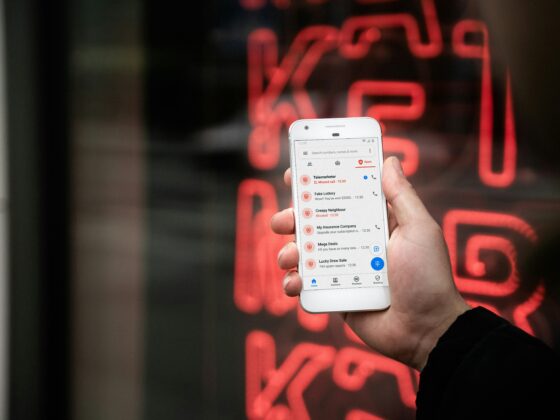
It’s no secret that consumers are pulling back spending these days. Quick-service chains are losing traffic, possibly due to deal fatigue, and the ever-important young consumer is pulling back on restaurant spending in particular.
So, how do you make sure that consumers are visiting your establishment even in times of economic uncertainty?
One way that’s on everyone’s minds these days: Influencer marketing. When done correctly, working with influencers can be an inexpensive way to drive traffic to your restaurant.
“The way that people discover and choose restaurants has drastically changed,” said Abby Hughes, head of growth and strategy for Belle Communication.
According to her, 46% of Gen Z and 35% of millennials primarily used social media as a search tool in 2024.
Influencers have audiences that already come to them for recommendations, making it “a superpower that you can tap into,” Hughes said in a CREATED Talk at CREATE, the event for emerging restaurateurs.
Belle Communication works with influencers in the restaurant space, with Hughes pointing out that the experts can generate buzz, drive traffic for seasonal campaigns, drive awareness of the menu or loyalty programs, and promote specific locations or grand openings.
“You’re not just showing up in people’s feeds, you’re showing up in people’s plans,” Hughes said.
According to Rafael LaRue, chief creative officer and partner at Livit, a high-ranking value for Gen Z is community and social engagement.
“Community engagement is something that is not necessarily the newest topic, but is getting strong and will get stronger,” he said. “Gen Zs for example value this above mostly anything. This is being a brand that really means something. Be bold. Be proud to have a voice. They want brands that are opinionated.”
According to Livit, more than 72% of global consumers have expressed a desire for more experiential dining options.
He also talked about the importance of hyper-personalization, saying “people want to be recognized.” He recommended leveraging digital platforms to “create something unique,” like being able to greet people by name, or using kiosks to upsell items tailored to each individual consumer.
“It’s very important that people feel that they’re unique,” he said. “People skew away from the generic.”
Bradley Saxe, CEO of Goldbergs Group, recommended diversifying revenue streams to insulate your business from volatility, improve margins, and amplify the brand.
“Diversification gives you options,” he said.
Goldbergs expanded its brands into airports, for example, letting them go “from local tables to global travelers.”
Saxe identified four areas where restaurant can diversify: core competencies like your menu, partnerships, innovation like in packaging, and values like sustainability, which was also a key area for LaRue.
His rules of identification: growth, resilience, and awareness.
“Don’t necessarily abandon your strengths” as you diversify, Saxe said. “Repurpose them.”
Contact Leigh Anne at [email protected]
Follow her on TikTok: @leighannezin








